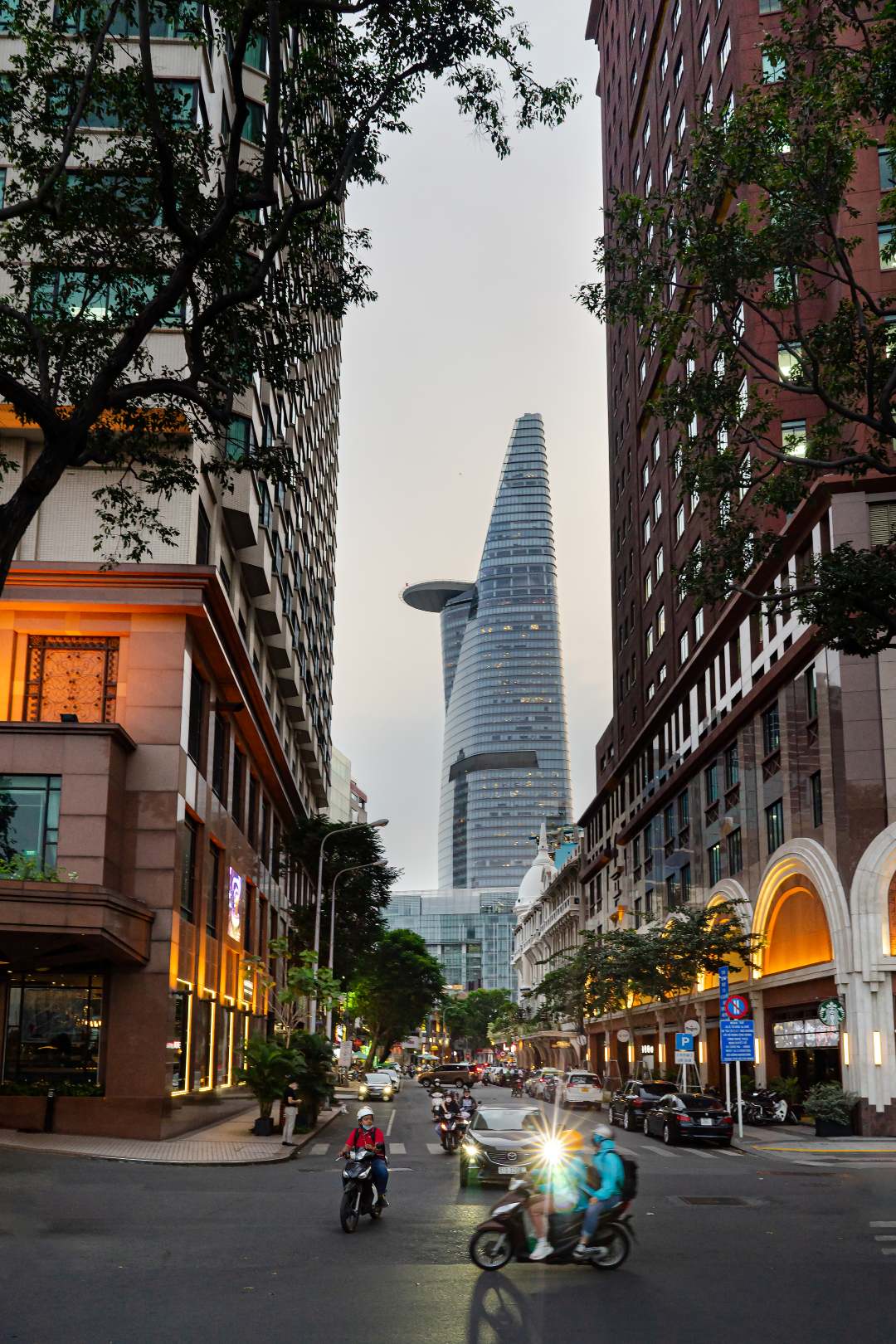The draft Political Report of the 1st Congress of the Ho Chi Minh City Party Committee for the 2025–2030 term states: “The merger of HCMC with the provinces of Binh Duong and Ba Ria–Vung Tau marks an unprecedented turning point in the history of Vietnam’s urban development. It represents a comprehensive reconfiguration of the development space, where the three most dynamic economic poles of the country converge, with a new vision of becoming a ‘Southeast Asian international megacity.’” With a population of 13.6 million, HCMC is already a megacity. However, in terms of economic scale, development level, and attractiveness, the city still has much to strive for to catch up with other urban centers in Southeast Asia—and, in the longer term, the broader Asia–Pacific region. This article positions HCMC in comparison with 11 metropolitan areas in the region, namely: Tokyo, Seoul, Shanghai, Jakarta, Beijing, Singapore, Bangkok, Hong Kong, Manila, Kuala Lumpur, and Hanoi (listed in order of GRDP). Population is used as a reference point; GRDP for economic scale; GRDP per capita for development level; global city rankings and innovation indexes for attractiveness; and finally, budget expenditure as a share of GRDP to assess the Government’s developmental capacity. Positioning scenarios […]
Building HCMC’s position
By Huynh The Du and Huynh Tuan Kiet









